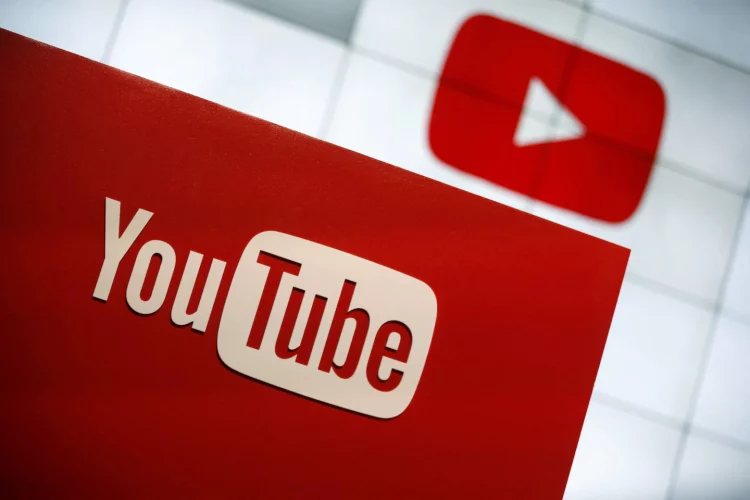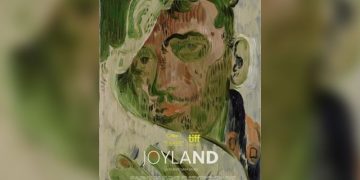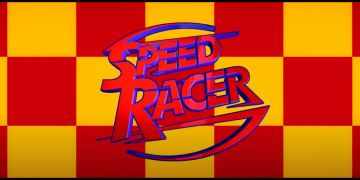LOS ANGELES — YouTube on Tuesday rolled out new revenue-sharing tools for content creators on its YouTube Shorts video product in its latest effort to counter TikTok’s unequaled growth.
Until TikTok’s surge — more than 100 million downloads in the United States alone this year — YouTube had been the most sustainable source of income for content creators, who received a share of revenue from the ads that appeared with their videos. With the partner program unveiled a decade ago, thousands had made YouTube their full-time job.
Now YouTube wants to return to that primacy.
“This seems like a giant attempt to grab frustrated TikTokers,” said Serena Kerrigan, a TikTok star with over half a million followers.
YouTube’s new revenue sharing program has the potential to upend the center of power for young online creators, where TikTok has reigned supreme.
The creator economy has boomed in recent years. According to a 2020 report by the venture firm SignalFire, over 50 million people around the world were working as online creators, earning a living by monetizing their audiences across platforms including TikTok, YouTube and Twitch. YouTube said more than 2 million creators are currently monetizing on its platform.
Under the new scheme, YouTube creators will be able to capture a portion of the revenue generated from ads that run between Shorts videos. YouTube plans to put 45 percent of the revenue generated by the ads into a pool that will then be distributed to creators based on their share of total Shorts views. To participate in the program, creators must have a minimum of 1,000 subscribers and have amassed at least 10 million views in the previous 90 days. The program will begin rolling out in early 2023.
“It’s a really big moment for creators,” said Amjad Hanif, YouTube’s vice president of product management. “When we launched the partner program 15 years ago, it was the first of its kind and kicked off the creator economy. This brings all the goodness and benefits creators have felt from revenue sharing and brings it over to short form as well.”
Hanif said creators who don’t meet the requirements will still be able to make money through early access to other tools that facilitate payments from their audiences like Super Thanks, Super Chat, Super Stickers and Channel Memberships, which allow fans to issue micro payments to creators for certain features. “This new lower tier will allow creators to join much earlier in their journey as a creator and earn directly from our fan fencing products,” Hanif said.
The introduction of revenue sharing into the short form video space is a major change in the creator ecosystem. No other platform offers revenue sharing. TikTok, for instance, pays creators out of a fixed pool of money called its creator fund. The more creators who join the fund, however, the more ways the money is split.
Last May, YouTube introduced its own $100 million creator fund for Shorts creators. However, the company feels that to sustain its growing class of influencers, it needs to provide them with better opportunities to make money.
“Funds by their very nature are a fixed amount and that amount doesn’t grow based on the size of the creator population,” Hanif said. “The beauty of revenue sharing is that as we do better as a platform, creators will be able to earn as well. We call it the partner program because it really is a partnership with these creators.”
Another big sticking point for YouTube Shorts has been music. TikTok reshaped the music industry by allowing creators to set their content to popular songs. On YouTube, however, the music options were far more limited. The complexities of music licensing has left many long form video creators unable to include popular songs in their videos.
The company is introducing Creator Music to fix these issues. Creator Music will be a new hub that gives creators easy access to an expansive and growing catalog of music to use in their content, while still providing the artists and music rights holders with a revenue stream.
Creators will also now be able to purchase “affordable, high-quality music licenses that offer full monetizing potential,” the company’s announcement says, and “creators will keep the same revenue share they’d usually make on videos without any music.”
Creator Music is still being developed for release in the U.S., but will launch broadly in 2023. “This is a pretty big change on how commercial music was used on the platforms,” Hanif said. “The music artists, the creators and fans all win.”
Taty Cokley, a YouTube creator with 950,000 subscribers who has been creating content on the platform for four years, said that she was especially excited about the new music offerings.
“All of us will elevate our content, it will come off more genuine than it did before,” she said. “Most of our audiences want to feel like they’re talking to a friend, not an influencer. Now when they watch our videos they’ll feel like they’re hanging out with us.”
Many content creators reacted to Tuesday’s big announcements with glee.
“YouTube is my number one focus now because of the potential of the ad revenue on shorts,” said Jared Neelley, a YouTube creator in Houston, with 30,000 subscribers. “I personally dislike making long form content because of the culture shift TikTok brought to the world. It’s all about quick information in short form, and now I can be rewarded for it.”
Hank Green, a long time YouTube creator and co-founder of VidCon, an annual convention for online video artists, said on Twitter that YouTube’s new revenue options were “a serious threat to TikTok, which is already earning a clear, definitive reputation for being antagonistic to creators.” He also added that many creators see TikTok simply as a stepping stone to building an audience on “a platform where they have more control and opportunity (like podcasts or YouTube.)”
Green also noted that while the announcement signified a “huge day for creators,” the changes in music usage were an even bigger win for the music industry, which is likely to see a boost in licensing revenue from expanded use of popular songs.
“It feels like YouTube cares about creators with their hearts, but they care about the labels with their wallets,” he tweeted.
Source by www.washingtonpost.com





























